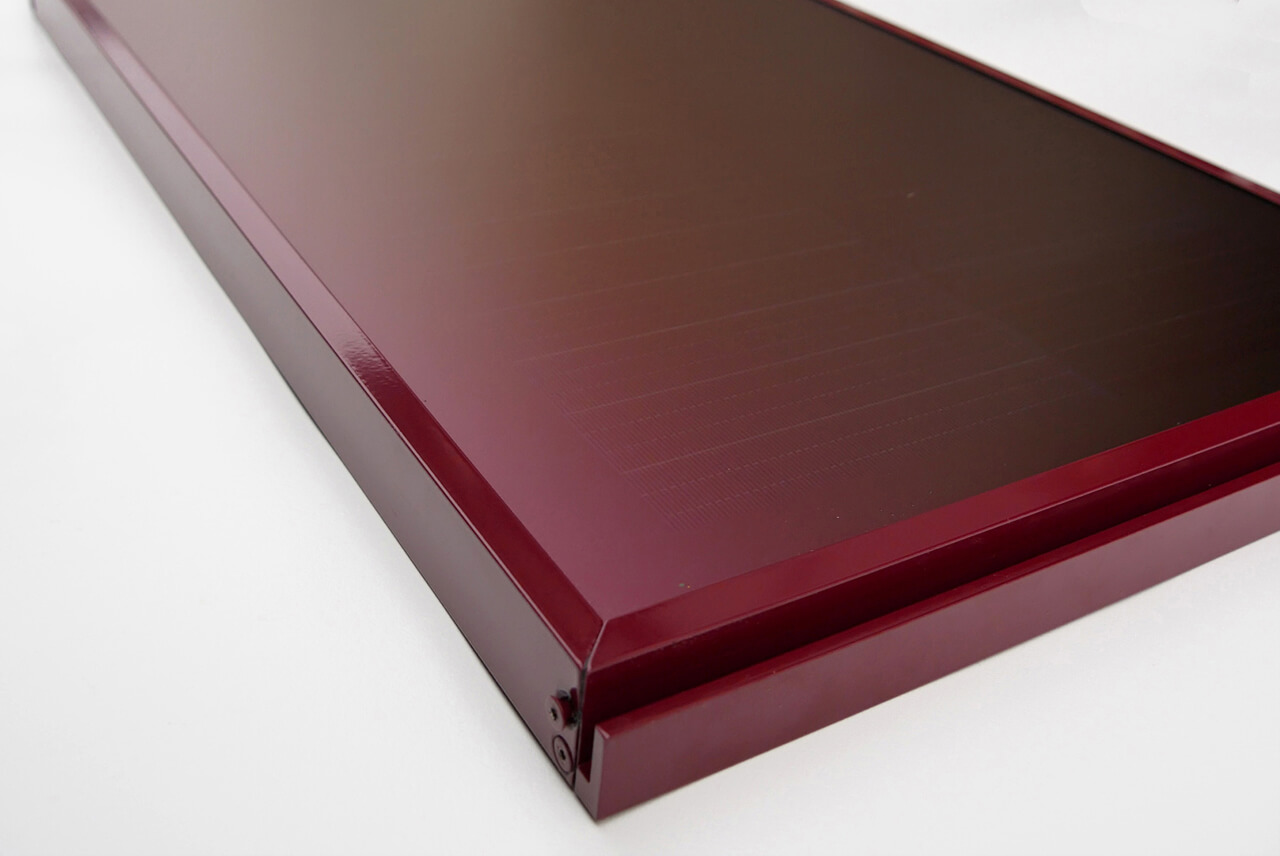| Duration: | 07/2021 - 06/2024 |
| Contracting Authority/ Sponsors: | Bundesministerium für Wirtschaft und Energie (BMWi) |
| Project Partners: | BMI Technical Services GmbH; Diotec Semiconductor AG; SUNOVATION Produktion GmbH; M10 Industries AG |
| Project Focus: |
BALDACHIN – Development of an Innovative Solar Roof Element - cost-effective, attractive and easy to install


The potential for roof-integrated photovoltaics is significant. According to a study by Fraunhofer ISE, building-integrated photovoltaics alone is estimated to have a technical potential of 1,000 GW for Germany. The majority of this segment accounts for roof surfaces. Considering this background, cost-effective, visually attractive and easy-to-install photovoltaic solutions for roof integration will become particularly popular in the future.
In the "Baldachin" project, we are working with our partners to develop an innovative solar roof element for next-generation building-integrated photovoltaics that follows the shape and color of classic roof tiles at no visible solar cells.
The main project objectives are:
- Development of a concept for an innovative roof element for integrated photovoltaics, taking into account costs, aesthetics, assembly, integrability, interconnection concept, performance and annual yield as well as reliability requirements
- Development and production of solar roof elements based on lamination processes, which appear like a composite of classical roof tiles
- Development of an innovative solution for individualized coloring for the solar roof element
- Development and production of a cell interconnection in shingle technology, which allows a homogeneous appearance and high efficiency with low-cost PERC solar cells from mass production
- Development of an innovative connector system that combines mechanical and electrical connection in one system and can be mounted easily
- Development of a non-planar bare-die-bypass-diode for solar modules and set-up of a corresponding production line
- Development and reliability testing of the components especially for the climatic loads on the roof and a lifetime of classical roof coverings
- Realization of a publicly effective demonstration plant
- Development of a planning tool and marketing concept
Different prototypes are to be realized. After a comprehensive techno-economic evaluation, sufficient solar roof elements of one type are to be manufactured at the end of the project so that the project can be concluded with a publicly effective demonstration system.